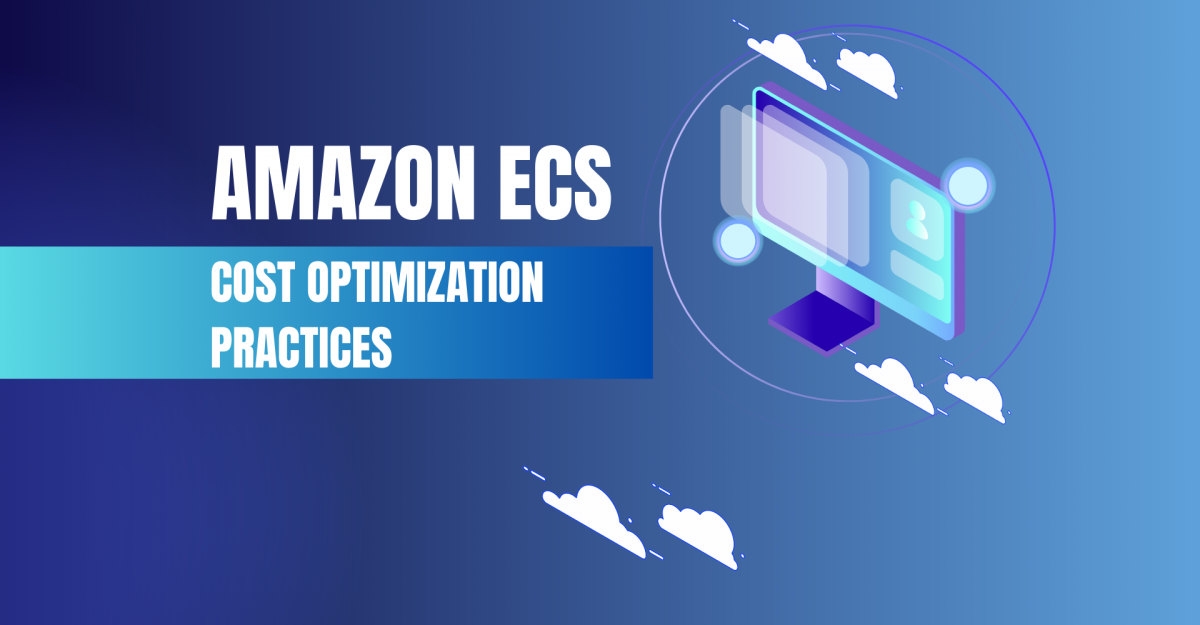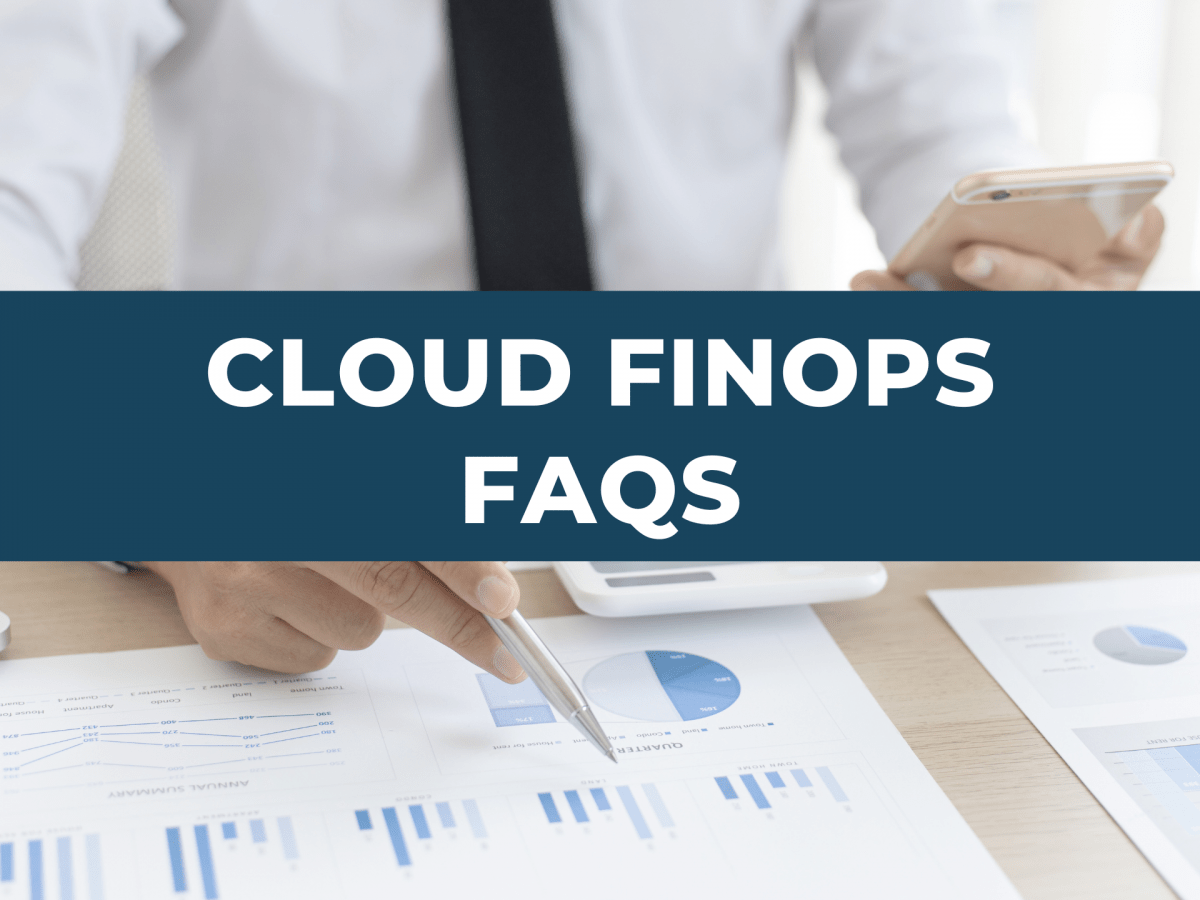What is Amazon ECS?
Amazon Elastic Container Service (Amazon ECS) is a fully managed container orchestration service designed to simplify the deployment, management, and scaling of containerized applications. It seamlessly integrates with Docker and AWS services such as Amazon Elastic Container Registry (ECR), enabling organizations to provide a scalable and cost-effective environment for running containerized workloads on AWS.
How Amazon ECS Works?
An Amazon ECS cluster is a logical grouping of tasks or services. Tasks and services are run on infrastructure registered to the cluster, which can include:
- AWS Fargate: A serverless compute engine that eliminates the need to manage servers or clusters, charging based on vCPU and memory usage
- Amazon EC2 Instances: Provides users with full control over the underlying virtual machine infrastructure while running ECS workloads.
Amazon ECS Pricing: What you need to know?
Understanding Amazon ECS pricing is crucial for optimizing cloud costs. Amazon ECS pricing is based on two main components:
- Infrastructure Cost
This is the cost of the underlying infrastructure used to run your ECS workloads. The pricing depends on whether you are using AWS Fargate or Amazon EC2 instances:- AWS Fargate: Charged based on vCPU and memory usage starting when a container launches and stopping when it terminates. Additional charges apply for operating systems, CPU architecture, and ephemeral storage.
- Amazon EC2 Instances: There is no additional charge for ECS itself when using EC2. You pay for the EC2 instances (On-Demand, Reserved, or Spot instances) that you provision and manage, including storage and data transfer costs (e.g., cross-region communication).
- Additional AWS Services Costs
While Amazon ECS itself does not incur extra charges, additional services integrated with ECS contribute to overall costs:- CloudWatch Metrics: Default ECS metrics (e.g., CPU/Memory Utilization) are free, but custom metrics through CloudWatch Container Insights are billed as custom metrics.
- Elastic Load Balancing (ELB): Any load balancing used to distribute traffic across your ECS tasks incurs charges.
- Data Transfer: Inter-region data transfer or external network egress adds to your AWS bill
Optimization Challenges with Amazon ECS
Over-Provisioning Resources
Many organizations overestimate resource requirements, leading to increased costs and underutilized capacity. Determining the right CPU and memory allocations for tasks can be complex without precise usage insights.
Limited Built-in Monitoring
While Amazon ECS provides default metrics through Amazon CloudWatch, these may not always offer deep visibility into workload performance and resource usage. To address gaps in default metrics, businesses often enable CloudWatch Container Insights to gather additional data. While custom metrics provide valuable insights, they come with added costs and require proper configuration, such as enabling Container Insights.
Managing Spot Instance Availability
While Fargate Spot instances provide significant savings, their availability can be unpredictable. Businesses must balance cost savings with workload reliability when using Spot instances for critical tasks.
Best Cost Optimization Strategies for Amazon ECS
Effective cost management is critical for running containerized applications on Amazon ECS. To maximize savings, businesses must right-size resources, monitor workloads effectively, and choose the right compute options.
Here’s how CloudCADI helps optimize Amazon ECS costs,
- Right-Sizing Task Definitions: CloudCADI analyses your ECS task’s CPU and memory usage and recommends optimal configurations. E.g.: For instance, if a task is configured with 1 vCPU and 2 GB memory but only utilizes 0.25 vCPU and 512 MB, CloudCADI suggests scaling down the task definition to match actual usage, thereby minimizing waste.
- Optimizing EC2 Launch Types: CloudCADI evaluates your cluster’s EC2 instance usage and provides actionable recommendations. Switch to Existing Instances: If underutilized EC2 instances are available, it suggests running tasks on these resources instead of Fargate. Provisioning New EC2 Instances: If no instances are available, CloudCADI helps determine the most cost-efficient EC2 instance type to support your workload.
- Right-Sizing EC2 Instances: For ECS clusters running on EC2, CloudCADI assesses the instance types and usage. If over-provisioned instances (e.g., 4 vCPU and 16 GB memory) are detected for a workload needing only 2 vCPU and 8 GB, it recommends switching to a smaller, cost-efficient instance type.
- Leveraging Fargate Spot Instances: For non-critical and fault-tolerant workloads, CloudCADI recommends using Fargate Spot instances, which can save up to 70% compared to regular Fargate pricing. The tool identifies suitable tasks and assists in transitioning to this cost-effective option.
Key Benefits of Using CloudCADI for Amazon ECS Cost Management
- Automated Cost Insights – Identify and eliminate wasteful resource allocations.
- Optimized ECS Task Definitions – Reduce memory and vCPU over-provisioning.
- EC2 & Fargate Optimization – Get real-time recommendations on EC2 instance types and Fargate Spot usage.
- Cost-Aware Scaling – Ensure workloads run on the most cost-effective AWS infrastructure.
- Enhanced Monitoring – Gain deeper insights into ECS resource usage without unnecessary CloudWatch costs.
Conclusion
Optimizing Amazon ECS workloads is crucial for reducing operational costs and maintaining efficiency. CloudCADI is an indispensable tool for businesses using Amazon ECS. With intelligent resource recommendations and continuous performance monitoring, CloudCADI ensures your ECS configurations are optimized for cost-effectiveness and performance. By leveraging CloudCADI’s insights, organizations can lower costs by right-sizing tasks and instances and scale workloads efficiently using cost-effective strategies like Fargate Spot and EC2.
Want to reduce your Amazon ECS costs? Try CloudCADI today and start saving!















